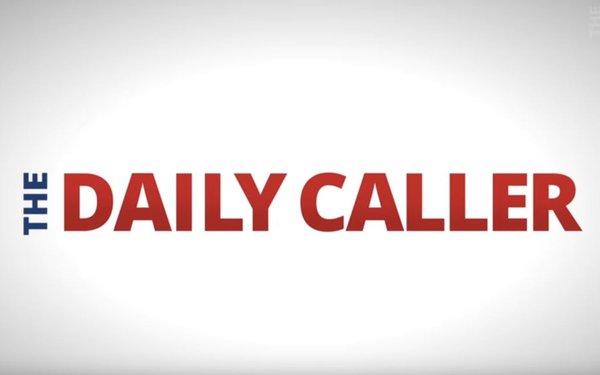Supreme Court Justice Louis Brandeis famously referred to the states as “laboratories of democracy.” States, Brandeis believed, could test out solutions to problems. Some would succeed, others would fail, and Americans could learn from the results.
In 1976, the Supreme Court presented one such problem: how does a state balance an individual’s First Amendment right to support candidates and causes against the government’s interest in preventing corruption?
The result in the ensuing 40 years has been thousands of laws and regulations restricting what individuals and groups can do in political campaigns. Across the country, states have tried to regulate who can give contributions, how much they can give, when they can give, where they can give and how they can give. Some states err on the side of protecting free association, while others appear determined to impose as many restrictions on First Amendment rights as possible.
To understand the differences in how states restrict citizens’ abilities to support their favored candidates and causes, the Institute for Free Speech categorized each of the 50 states’ contribution-limit laws and measured their impact on free speech. The result is the first of its kind “Free Speech Index.”
To those familiar with the politics of campaign finance law, the results may be surprising. Eleven states have no limits whatsoever on individual contributions to candidates. They include liberal Oregon and deep-red Alabama (both tied for first in the Index). They include the second most populous state, Texas (ranked 9th), and the third least populous state, North Dakota (ranked 9th). They include eastern states (9th ranked Pennsylvania), western states (1st ranked Utah), midwestern states (7th ranked Iowa) and southern states (1st ranked Virginia).
The reverse is also true. The states that limit contributions run the gamut as well. Some of the lowest limits are found in Alaska (ranked 48th), Colorado (ranked 47th), Kentucky (ranked 50th), Maryland (ranked 46th), and West Virginia (ranked 49th).
This just scratches the surface of the myriad ways states regulate political contributions. Twenty-eight states have no restriction on how much an individual can contribute to a political party, among them liberal stalwart Washington (ranked 20th), conservative stronghold South Carolina (ranked 35th), and swing state Wisconsin (ranked 22nd). But West Virginia (ranked 49th) and Rhode Island (ranked 42nd) have decided to limit individual donations to parties to just $1,000. Massachusetts (ranked 44th) allows contributions from unions to candidates, but prohibits contributions entirely from corporations, while New Hampshire (ranked 39th) prohibits union to candidate contributions altogether and allows corporations to donate directly. Neighboring Vermont (ranked 21st) allows both unions and corporations to contribute.
States also grapple mightily with what is (and is not) a contribution. Twenty-eight states limit how much a political party can give to their own candidate for office, but these states make all kinds of exemptions. In Georgia (ranked 15th), Florida (ranked 25th), and Minnesota (ranked 27th) – if a party runs an ad for more than three candidates at the same time, it doesn’t count as a contribution, but an ad for two candidates does count as a contribution. Most states do not count volunteer activity as a contribution, but several counts volunteer legal activity as a contribution. In Maine (ranked 19th), you can donate unlimited wood, as long as it is used for political signs and not for campaign desks.
The Institute for Free Speech’s “Free Speech Index,” for the first time, puts these rules and hundreds more into one document, attempting to measure in aggregate how hard or easy it is to contribute to groups or candidates in your state. We welcome you to take a look and see how your state fares.
The overarching lesson is that seemingly without rhyme or reason, pattern or purpose, the states have tried every potential avenue to regulate political expression and association in campaigns. Going forward, we should learn from this example of federalism in action. Many states have managed to vigorously protect First Amendment rights in this area, and have seemingly no ill-effects for it. To the states that perform poorly in our Free Speech Index, learn from your neighbors. It is time to allow individuals to express their support or opposition to candidates without limit.
This post originally ran in the Daily Caller on August 1st 2018.














